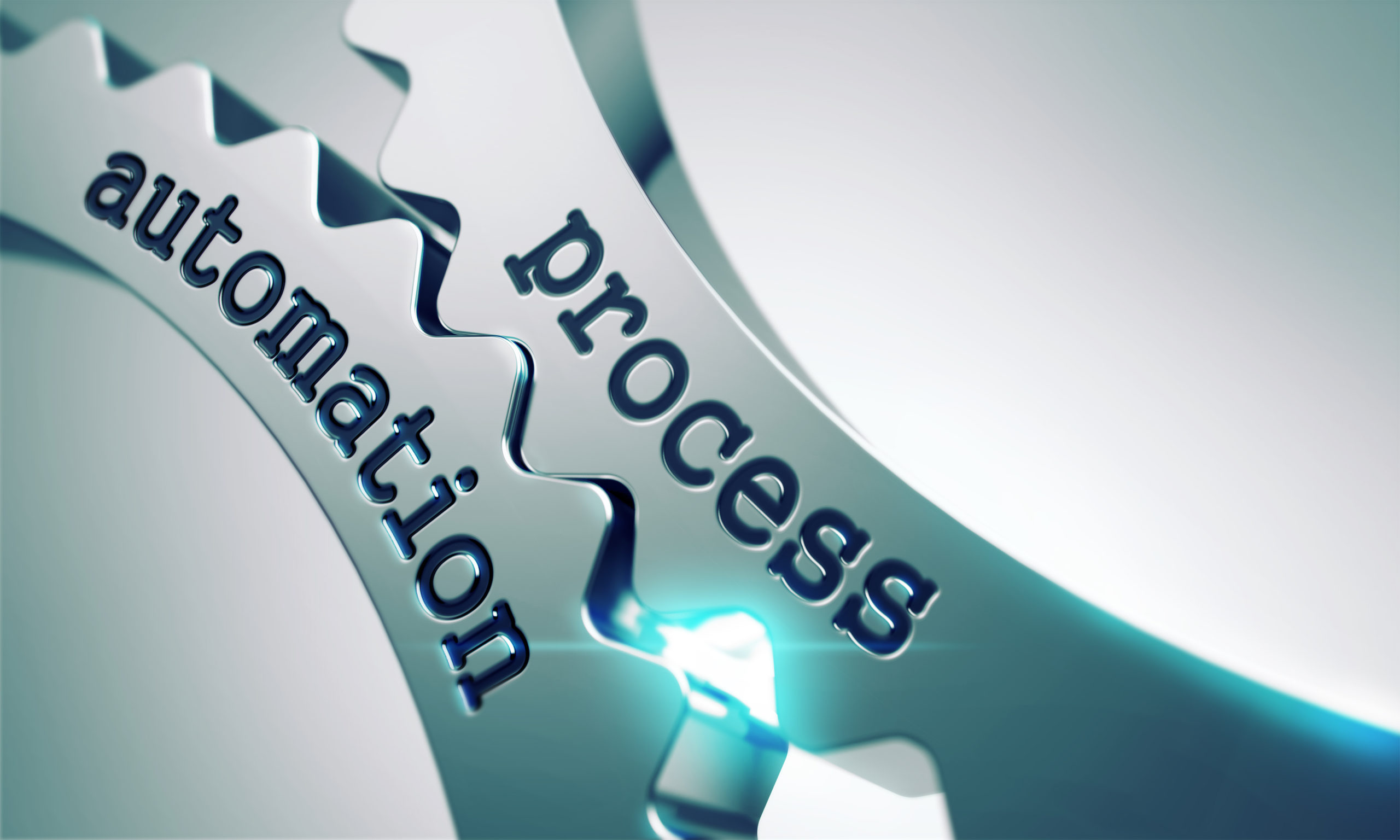Five Vital Questions to Ask Before Planning an SAP Migration
Last year, SAP announced another extension to its support deadline for legacy systems, pushing it from 2025 to the end of 2027.
Despite this minor respite, however, it’s only a matter of time before businesses reliant on older systems will need to migrate to the company’s flagship enterprise resource planning (ERP) software, SAP S/4HANA. Indeed, a 2020 customer survey by SAP user group DSAG indicated that 40 percent of respondents plan to migrate to S/4HANA within three years.
That’s undoubtedly a good thing, largely due to S/4HANA’s value as a catalyst of digital transformation through simplified architecture, AI-powered automation, embedded analytics, and other advanced tools and capabilities.
But before planning a move from your legacy system, you must ask yourself several important questions to ensure a successful and relatively frictionless migration. Here are the top five.
1. What’s the right migration strategy for your organization?
SAP migrations aren’t one-size-fits-all propositions. That’s why identifying and selecting the right migration strategy requires a deep evaluation of your organization’s technical and functional requirements—including now and what you may require in the future—along with your current landscape, business functions and overall user readiness.
Even seemingly innocuous details within your key data structure (KDS), such as company codes, tax codes and billing number ranges, can impact your migration strategy.
Taking a hard look at your existing system well in advance will help you build a solid business case and detailed plan; it will also help cut down on potentially unpleasant surprises (and added costs) upon performing the migration.
2. Is your SAP ecosystem homogeneous or heterogeneous?
One of the most important considerations before any SAP migration is the level of heterogeneity of your application and database environment. Generally, heterogeneous environments involving various applications from multiple vendors are complex migrations.
If your organization has several diverse applications integrated within SAP—for example, a legacy SAP system outfitted with analytics, CRM, taxation and banking interfaces—your migration will likely require more effort, cost and possibly a broader range of skills than you currently employ.
Your interfaces may need tweaks regarding network, security, housekeeping, authorizations and configuration within the core SAP system. They may also need to be reinstalled, upgraded or customized, requiring a separate migration plan for each application on top of your overall system migration. It all adds up to a more complex and expensive transition.
The good news, however, is that there’s a solid chance you’ll end up lowering your total cost of ownership (TCO) once these migrations are complete.
3. Is your target infrastructure on-premises or cloud?
Moving your landscape to S/4HANA inevitably requires a very basic choice: Do you migrate to on-premises or cloud infrastructure?
Each has distinct advantages depending on your requirements. On-premises offers better control, more robust functionality and improved visibility across your entire SAP landscape. Cloud’s advantages include faster time to value, lower CapEx, reduced maintenance and IT costs, and real-time access to the latest releases and innovations. On-premises is procured via traditional licensing, while cloud is subscription-based and can be deployed on all the popular cloud platforms. There’s also an extended cloud edition (S/4HANA Cloud EX) offering broader customization, functionality and integration options than the standard cloud option, but at a higher cost.
Either way, the various costs of maintaining physical infrastructure—including headcount, time and team focus—disappear with S/4HANA Cloud. It’s all taken care of by your cloud platform’s 24×7 support.
Most cloud subscriptions, however, are pay-as-you-go, which means they can get expensive if you’re not careful. Planning your landscape subscription accordingly can help reduce your overall cost.
When exploring cloud options, also consider whether your critical requirement is performance or cost. That will help determine whether you should invest in a private or public cloud platform. Private cloud is generally more expensive but offers greater computing power.
It should be noted that there are hybrid options available. However, these are highly customizable and dependent on your firm’s unique situation and preference.
Whichever direction you ultimately choose, you’ll need to thoroughly test and assess your current landscape integrations, legacy products, third-party interfaces and add-ons and their compatibility on cloud platforms before finalizing anything. Adopting new cloud innovations and processes may reduce your TCO in the long term.
4. What are your team’s skill sets?
Some companies on the digital transformation path delay their migration journey because of a dearth of appropriate skills within the organization. Less than one-third of SAP ERP Central Component (ECC) users, for example, have thus far moved to S/4HANA.
In many cases, that’s due to ongoing skills shortages faced by IT leaders across the board. Indeed, around one-third of organizations still running SAP ECC cite a lack of appropriate skills as a factor in their failure to migrate.
Before executing any planned SAP migration, be realistic about the skills available to you, what additional skills you’ll need and any related costs through either hiring full-time staff or engaging a consultant.
5. How old is your legacy system?
If your organization has used SAP ECC for the past decade or longer, there’s a strong chance it’s slowing you down.
Enterprise legacy systems are well-known for large, unwieldy, siloed and unclean data landscapes thanks to years of data accumulation across business units. Mergers and acquisitions, diversifications and divestitures by the enterprise often leave legacy data estates full of irrelevant data that should have been purged, but wasn’t.
If any of the above sounds familiar, it’s high time to make the move or risk being left behind by competitors and customers. S/4HANA’s cutting-edge AI-powered automation and intelligence tools can ingest and clean all of your historical data, merging multiple disparate datasets into a single source of truth for the enterprise—leading to better business decisions based on cleaner, more relevant data.
It’s also more difficult and time-consuming to migrate older legacy systems. Indeed, every year you wait to make the move to a next-generation ERP suite will cause your eventual migration to be that much more complicated and expensive.
Along with the age and version of your legacy system, other major business drivers that will impact your SAP migration approach include modules, custom development, number of interfaces, legal entities and so on.
Turbocharge your SAP migration with Pythian expertise
Whichever path you take, the answers to these five questions will play a huge role in your SAP migration. But you don’t have to do it alone; Pythian’s SAP migration experts can help you transition your SAP systems to the latest version of HANA and S/4HANA—on either on-premises infrastructure or the cloud platform of your choice—with minimum headaches and maximum time to value.
Our seven-day SAP migration assessment will closely analyze your current SAP environment and design a comprehensive plan to transition your workloads to whichever target infrastructure you prefer, all while lowering your TCO through next-generation best practices and AI automation.
And Pythian’s dedicated, global teams of certified experts on SAP/HANA, Google, AWS and Azure help fill critical skills gaps–whether you’re migrating to a new system or require day-to-day SAP managed services—so you can migrate to the latest ERP suite without delaying due to skills shortages.
Want more great content like this? Subscribe to the Pythian blog today to get fresh information and expert insight direct to your inbox.
You can connect with Huseni Kapasi on LinkedIn.
You May Also Like
These Related Stories

How a Well-Planned SAP S/4HANA Migration Can Be a Catalyst for Digital Transformation

The Best Automation Tools to Power up Your SAP S/4 Migration Journey


No Comments Yet
Let us know what you think